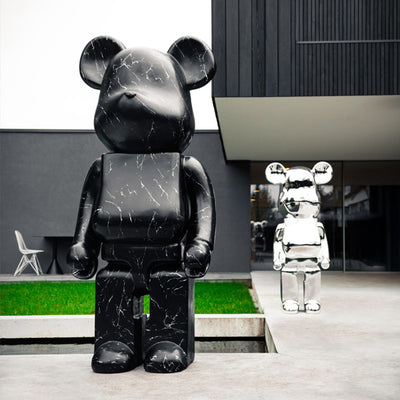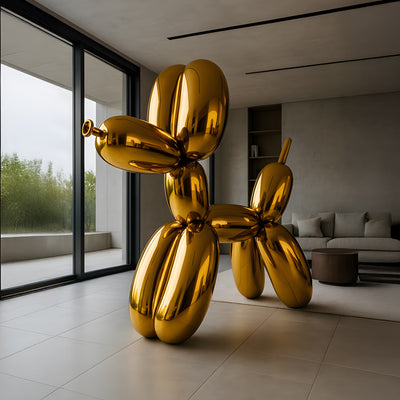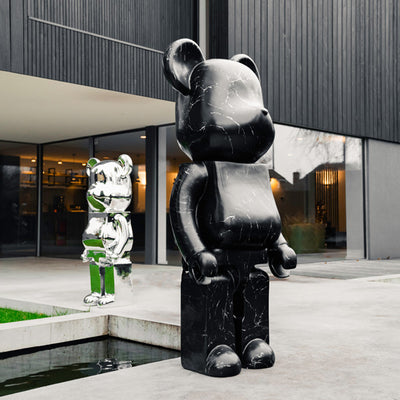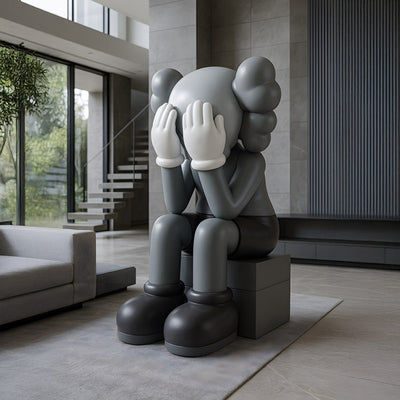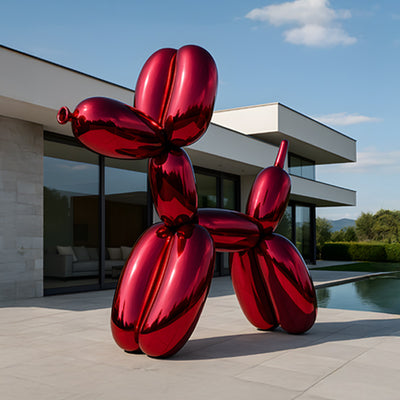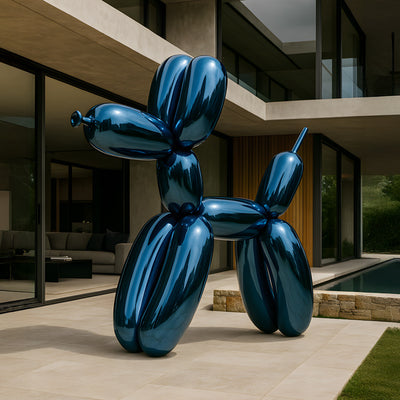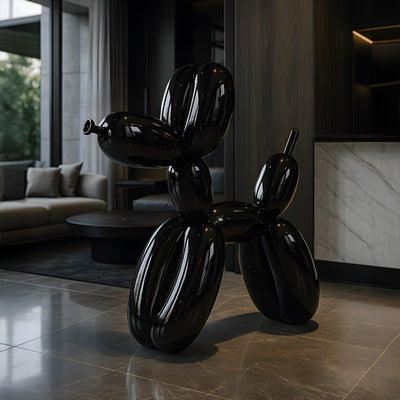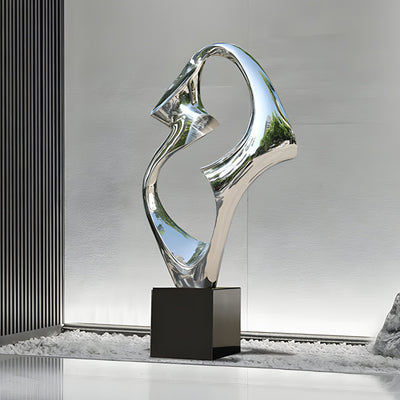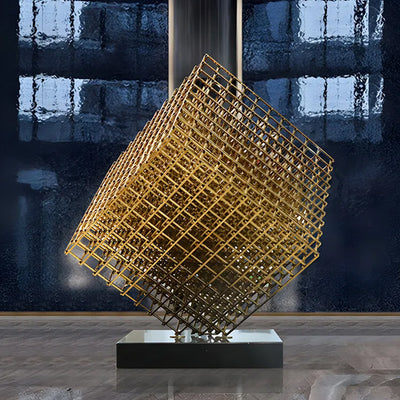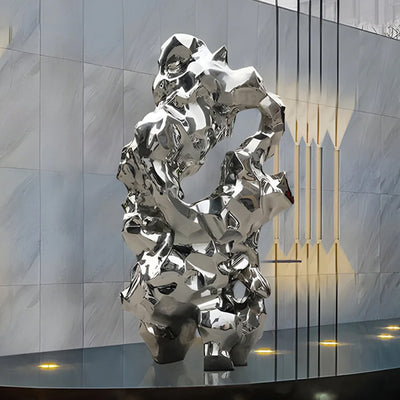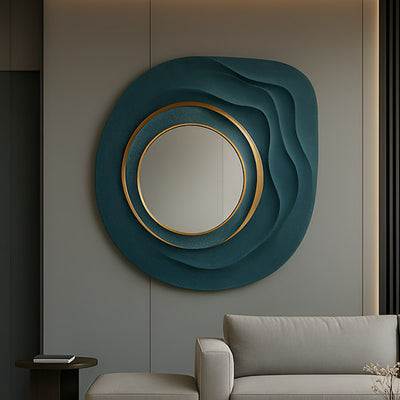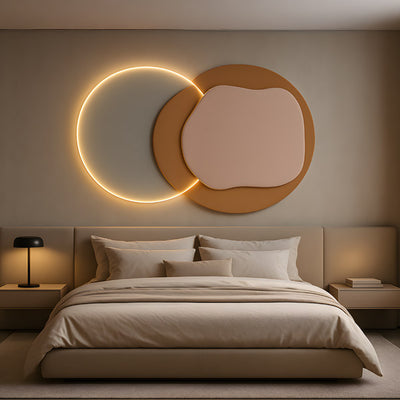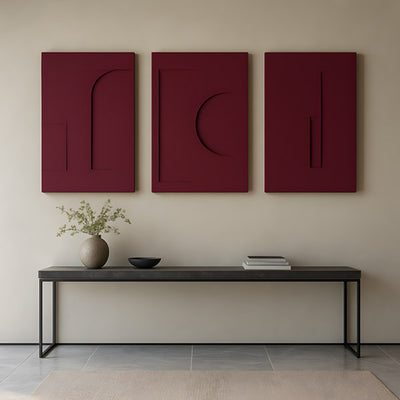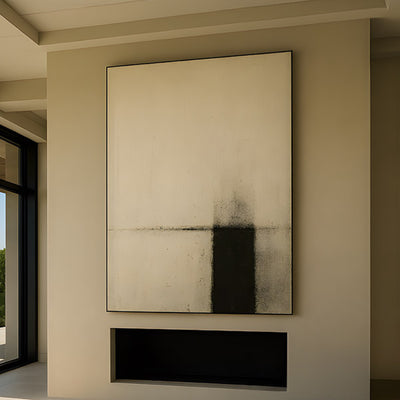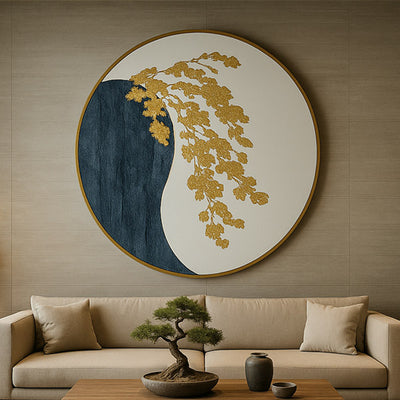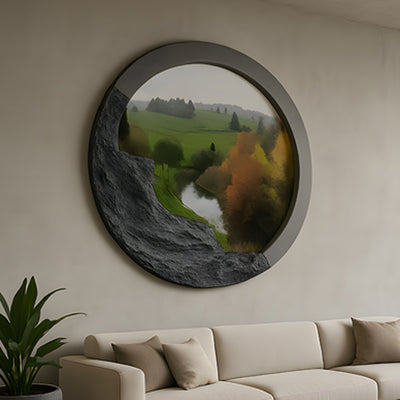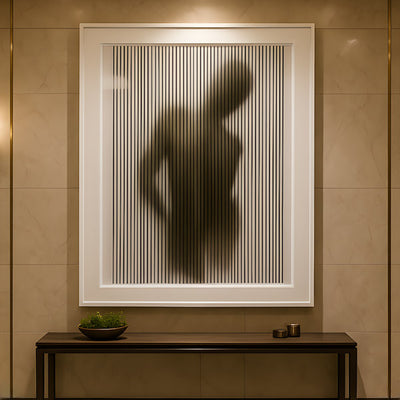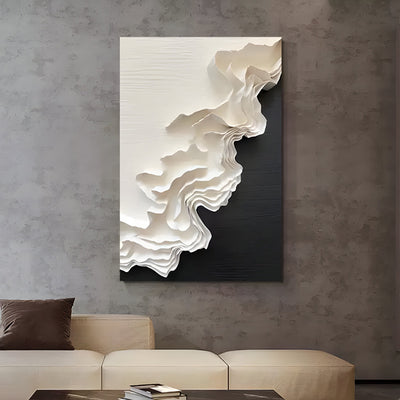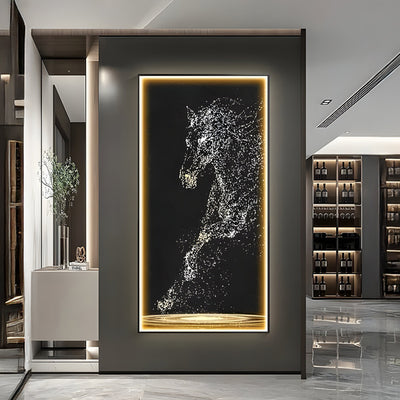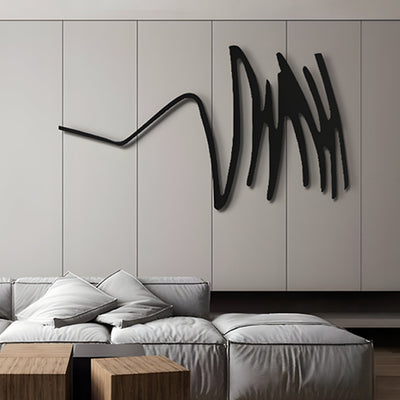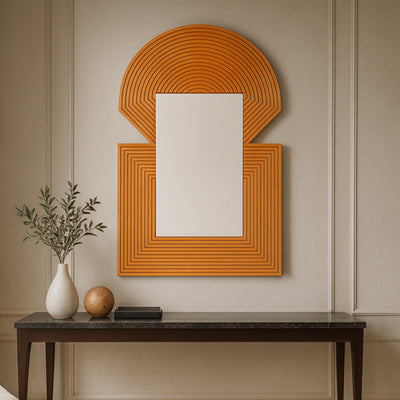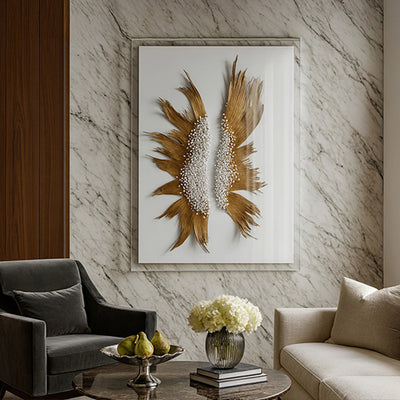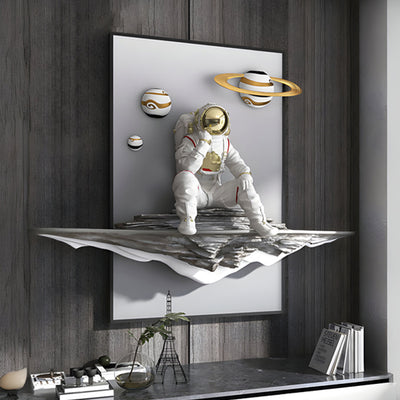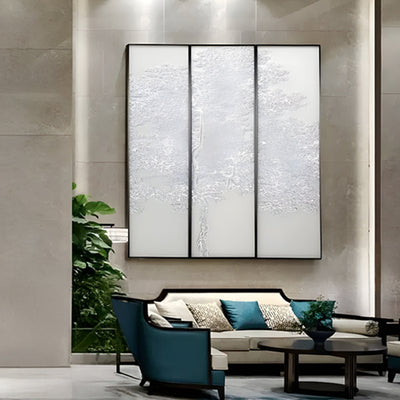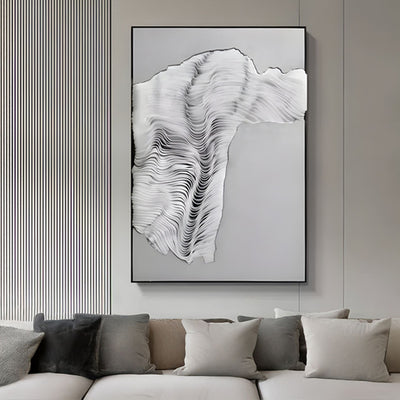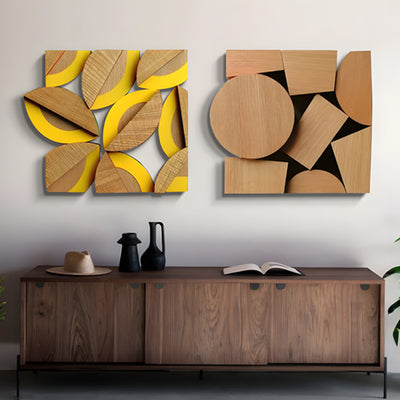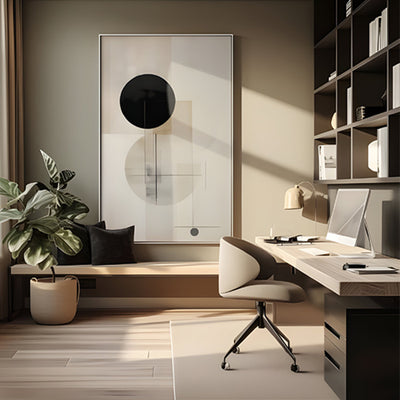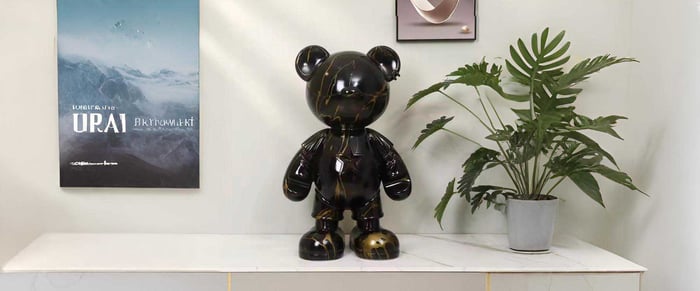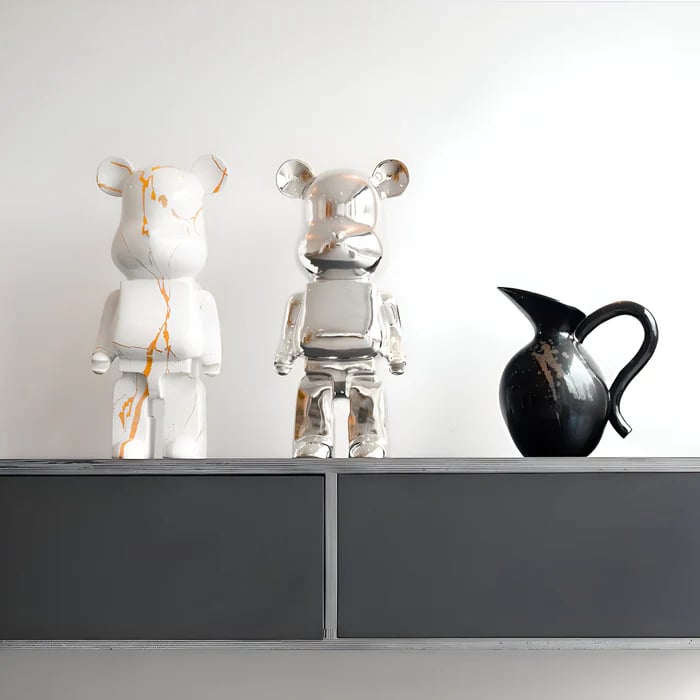Table of Contents
- What Are Resin Sculptures? Materials, Methods, And Finishes
- Resin Sculptures Indoors vs Outdoors
- Are Outdoor Resin Statues Weather-Resistant?
- Styling Resin Sculptures Indoors & In The Garden
- Buying Resin Sculptures Online: A Smart Checklist
- Care & Cleaning: Keep Resin Sculptures Looking New
- Common Problems & Quick Fixes
- How to Style Resin Sculptures (Quick Guide)
- Conclusion: The Lasting Appeal of Resin Sculptures
- FAQs
If you love the sleek look of contemporary art but don’t fancy heaving a lump of stone into your hallway, Resin Sculptures might be your perfect match. Resin is light yet tough, takes incredible detail, and can be finished to look like marble, bronze or something wildly modern. In this guide, you’ll learn exactly what resin sculptures are, where they work best (indoors and out), what to check before buying, and the easy maintenance steps that keep them looking new for years.
What Are Resin Sculptures? Materials, Methods, And Finishes
Resin Sculptures is a versatile medium used widely in art and design. In simple terms, there are natural resins and synthetic resins; modern sculpture typically uses synthetics such as epoxy or polyester because they’re strong, cure reliably, and are easy to cast. Artists prize resin because it accepts incredible surface detail and can be tinted, painted, or glazed to look convincingly like stone, bronze, or even pearl.
Most resin sculptures are made by casting: mixed resin is poured into a silicone mould, cured, then demoulded and finished. Some makers also hand-build over an armature with paste-like resin formulations. Finishes range from ultra-gloss to subtle matte, and from translucent tints to metallic effects with mica powders. Choosing between epoxy and polyester depends on the project: epoxy tends to offer superior adhesion and toughness for intricate art, while polyester can be more economical for larger castings.
Resin Sculptures Indoors vs Outdoors
Resin Sculptures Indoors
Resin sculptures are ideal for interiors, lightweight, sleek, and detailed. They add a contemporary touch to shelves, consoles, or gallery spaces with minimal maintenance and versatile finishes.
Pros:
Lightweight and easy to reposition
Protected from UV and weather damage
Enhances modern and minimalist interiors
Cons:
Limited space for large pieces
May collect dust over time
Less visual impact than outdoor displays
Best For: Living rooms, offices, hallways, and display shelves
Resin Sculptures Outdoors
With the right care, resin shines outdoors too. It withstands moisture and temperature shifts, though UV protection and coating are essential to preserve color and finish.
Pros:
Weather-resistant with proper sealant
Perfect for gardens and patios
Creates a bold, eye-catching focal point
Cons:
Susceptible to UV fading or yellowing
May crack under extreme cold
Requires seasonal maintenance
Best For: Gardens, courtyards, poolside areas, and entryways.
Are Outdoor Resin Statues Weather-Resistant?
Yes, with proper care. High-quality resin is naturally water-resistant, and adding a UV-resistant topcoat helps it stand up to weather for years. Position pieces in partial shade, elevate them off the soil for better drainage, and move them to a sheltered spot during extreme weather. With this care, garden sculptures made of resin can look beautiful season after season.
Styling Resin Sculptures Indoors & In The Garden
Buying Resin Sculptures Online: A Smart Checklist
Shopping online opens an enormous pool of makers from artisan marketplaces to specialist galleries. Before you fall for a photo, work through this quick checklist:
Dimensions & weight: confirm it fits the intended shelf or plinth.
Resin type & topcoat: ask whether the piece uses UV-stable resin and if a UV-resistant clear coat has been applied (especially if it may go outside).
Finish quality: zoom in on edges and high-gloss areas for pinholes or haze.
Packaging & returns: look for rigid packaging, double-boxing, and a clear returns policy.
Authenticity: Request a certificate or at least an artist's signature or maker’s mark.

Care & Cleaning: Keep Resin Sculptures Looking New
Day-to-day care is refreshingly simple; the trick is gentle and regular.
Dust often with a microfibre cloth.
Wash occasionally with lukewarm water and a drop of mild soap; wipe clean and dry with a soft cloth.
Avoid harsh solvents, abrasive creams, or scouring pads that can haze the finish.
Stains & scuffs: for light scuffs, use a plastic-safe polish. For stubborn dirt outdoors, a soft brush with mild detergent does the job; rinse thoroughly and dry.
Outdoor upkeep: once or twice a year, clean the piece, let it dry completely, then apply a UV-resistant varnish or polyurethane rated for plastics. Re-site during extreme weather and ensure water can’t pool in or under the sculpture. These small habits retain clarity and colour for the long haul.
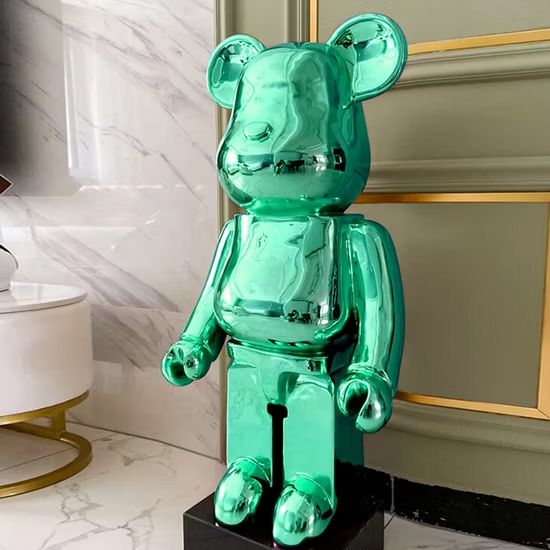
Common Problems & Quick Fixes
Yellowing: Some formulations amber with heavy UV. Prevention beats cure: choose UV-stable materials and keep up with protective clear coats. Light ambering can sometimes be disguised with a fresh gloss coat.
Cloudy gloss: Usually micro-scratches or moisture trapped under a coat. Let the piece dry fully, polish lightly, then re-coat.
Small chips: Fill with a compatible clear resin or epoxy adhesive, sand through fine grits, then re-finish to match.

How to Style Resin Sculptures (Quick Guide)
Essentials
Scale: choose a piece ≈ ⅓–⅔ the height of the surface beneath it.
Negative space: leave a palm’s width around small works; 20-30 cm for larger.
Finish & palette: gloss = drama, matte = calm; either match or deliberately contrast room tones.
Placement
Console/sideboard: centre the sculpture; balance with two supports (books + plant/lamp). Keep it the tallest element.
Coffee table: low, wide form + one book stack.
Shelving: dedicate one “stage” shelf; add a small spotlight.
Entryway: a 70-100 cm plinth slightly off-centre feels curated.
Lighting
Aim the lights at the ° to model form.
Gloss: keep beams just off-axis for sleek highlights.
Matte: broader, softer wash. Avoid multi-directional glare.
Pairings
Black/charcoal → pale stone/linen/oak.
White/marble-effect → dark books or black plinth.
Metallics → temper with matte ceramics or raw timber.
Tinted/translucent → plain backdrop.
Outdoors
Site near contrast; raise off soil (plinth/pavers); position for a good indoor view.
Practical
Secure with museum gel; keep 20 cm from heat; limit harsh midday sun.

Conclusion: The Lasting Appeal of Resin Sculptures
Resin Sculptures offer the perfect blend of artistry, durability, and modern design capturing stunning detail while remaining lightweight and affordable. Whether placed indoors or outdoors, their versatility shines through when styled with balance, protected from UV, and cared for gently.
Bring your space to life with a piece that reflects your style and creativity.
Explore all kinds of breathtaking sculptures at Giant Sculptures and find the perfect piece for your home or garden.
FAQs
What types of resin sculptures are available?
They come in resin, polyresin, ceramic, metal, and mixed finishes.
How do I choose the right size for a resin sculpture?
Match the size to your room’s scale and display space.
Can resin sculptures be used outdoors?
Yes, if coated or labelled weather-resistant.
How do I clean resin sculptures?
Wipe gently with a soft, damp cloth.
Are resin sculptures heavy?
What should I check before buying resin sculptures online?

